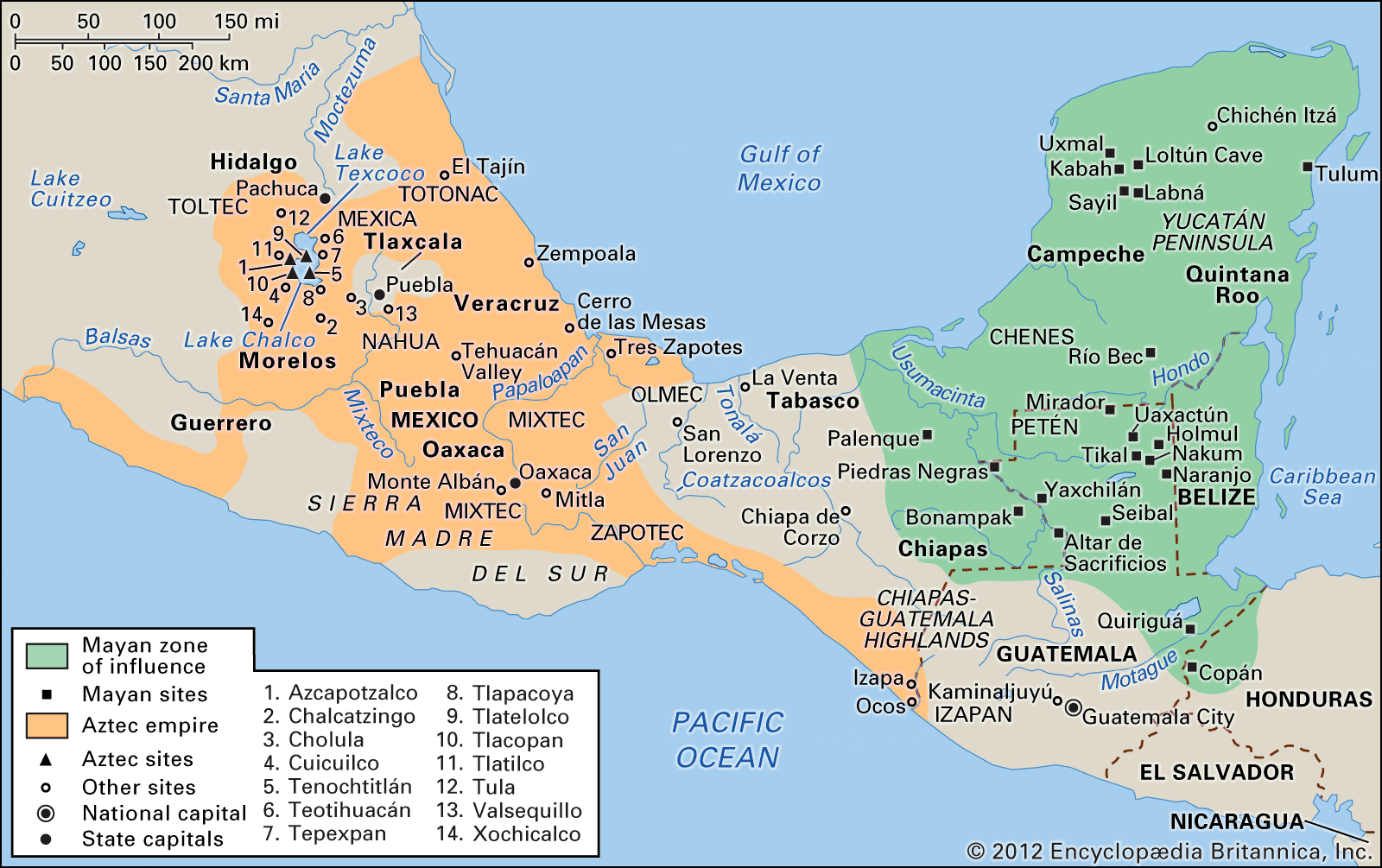The Aztecs and Incas were two major indigenous civilizations in Latin America. The Aztecs had a strict hierarchy, and the emperor held immense power as a divine figure, while the Incas had a more communal society with a significant unit called ayllu. Both civilizations worshipped their gods extensively, with the Aztecs being polytheistic and sacrificing many humans in their honor, while the Incas practiced ancestor worship and performed fewer sacrifices. The Aztecs had a centralized form of governance, while the Incas had a decentralized form of governance, which resulted in a civil war after the death of the Inca leader. Both civilizations eventually fell, with the Aztecs being conquered by the Spanish and the Incas experiencing unrest and the arrival of the Spanish. Despite this, their advancements and impacts continue to inspire people today.
The Rise and Fall of the Aztecs vs. The Incas: Two Powerful Indigenous Civilizations in America
Introduction
The Aztecs and Incas were two of the most significant indigenous civilizations in the Americas. Both were located in present-day Latin America and achieved remarkable advancements in various fields. Although the two possessed similarities, they also had distinct differences, including their social structures, religious and cultural practices, and methods of governance. Nonetheless, both empires eventually experienced a fall, which led to their demise.
Social Structures
The Aztecs’ social structure was based on a strict hierarchy, with slaves at the bottom, followed by farmers, then merchants, and finally nobles. The nobles held the most power in Aztec society, with the emperor at the top. The emperor held immense power over the empire’s affairs, as he was seen as a divine figure. The Incas, on the other hand, had a more elaborate social structure that was anchored on their system of ayllu. A community’s ayllu was a significant unit in Inca society where people shared land and resources. The Incas were more communal, and family and community values held high regard. The emperor or Sapa Inca was also revered, but he shared power with members of his family.
Religious and Cultural Practices
Both the Aztecs and Incas held religion as a crucial aspect of their lives. The Aztecs were polytheistic, and their religion was based on their understanding of nature and its elements. They believed in sun and human sacrifices to appease their hundreds of gods. The Incas, in contrast, practiced ancestor worship, with the Sapa Inca being regarded as the son of the sun god. The Incas also performed sacrifices, but they were rare and only performed on special occasions. The Incas also had a unique form of art known as Cusco school, where artists created artworks that inspired the Incan people.
Methods of Governance
The Aztecs and Incas had different systems of governance. The Aztecs had a centralized form of governance with an emperor who controlled everything. The emperor had various duties, including supervising religious festivals and arranging military expeditions. The Incas, on the other hand, had a decentralized form of governance, with local rulers governing their respective communities. The Sapa Inca and the royal family, however, controlled everything to ensure that everyone aligned with the Inca traditions.
The Fall of the Aztecs vs. The Incas
Both the Aztecs and Incas eventually experienced a fall that led to their decline. The Aztecs’ fall, in particular, was brought about by the arrival of the Spanish, led by Hernan Cortes, who conquered their empire. The Spanish brought with them new ideas, religion, and technology that the Aztecs were not prepared to face. They also introduced diseases that decimated the Aztecs’ population, which was already weakened by their wars with neighboring tribes. The Incas’ fall, on the other hand, was brought about by civil war after their leader, Huayna Capac, died, and the empire had to be divided among his sons. The division led to unrest, which was made worse by the arrival of the Spanish, led by Francisco Pizarro.
Conclusion
The Aztecs and Incas were significant indigenous civilizations that left a lasting impact on the Americas. Their advancements in various fields, including architecture, agriculture, religion, and social structures, continue to inspire people today. Despite the differences in their social structures, religious and cultural practices, and methods of governance, both empires eventually experienced a fall that led to their decline. Ultimately, their fall teaches us the importance of preparedness, unity, and adaptability in the face of changing times and threats.
